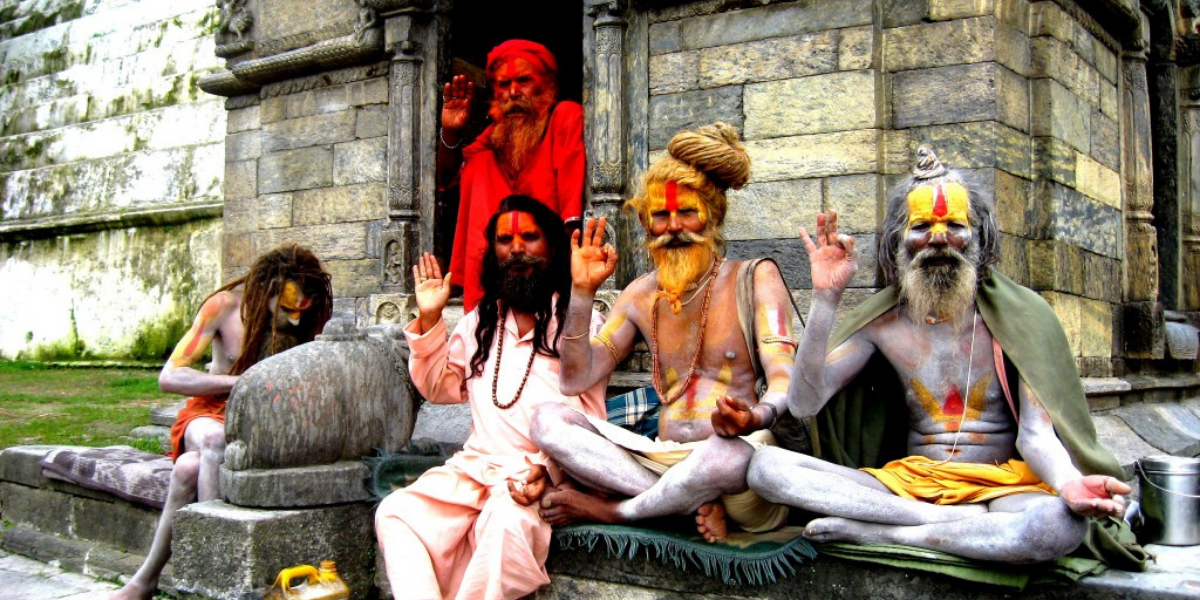Journey of Yoga
For all of us who are on this journey practicing yoga there would have been a starting point or a trigger. What was the starting point for practice of Yoga itself? Have we wondered where did Yoga originate? Who started Yoga? What is the dateline for Yoga? Here are a few thoughts for you.
The yogic practice appeared in India around 5000 years ago.
In 1928, archaeologists uncovered a seal in the Indus Valley Civilization (4000 to 4500 years old), which depicts a seated figure surrounded by animals. This figure was the earliest written depiction of Yoga. This seal was named “Pashupati,” which is another name for Lord Shiva. He is considered the Adi Yogi or the first guru of Yoga. There is a belief that the figure is sitting in Mulabandhasana, a common meditation posture.
There is mention of yoga practices in the Vedas and Upanishads. They talk about body postures, right breathing ( Pranayama), and concentration techniques ( Pratyahara). These, later on, form the core of yoga philosophy.
The Buddhist and Jain traditions, epics of Mahabharat and Ramayana have mentioned yoga practices in their works.

Maharishi Patanjali laid the foundation for classical yoga philosophy. He systematically coded, what he learned about the yogic practices from his masters. His masterpiece is known as the Yoga Sutras. There are 196 sutras, in other words, verses. It talks about the meaning, philosophy, and practice of Yoga.
In classical times, Yoga was a spiritual discipline. The main focus was to bring harmony between mind and body. The practice of Yoga would lead to a union of individual consciousness with universal consciousness.
The aim of Yoga was self-realization. Yoga required rigorous discipline and commitment.
In the 1900s, philosophers who were experts in Yoga science, travelled to the western land, spreading the wisdom of Yoga. Scholars wrote many books. Ashrams, yoga schools, and yoga centres were instituted all over the world. With the explosion of information technology and travel, the world became more connected; people all over started learning the benefits of Yoga and inculcated it to suit their lifestyles.

Western practices began to influence Indian culture. Traditional Yoga was modified to accommodate the changing world. New forms of Yoga developed. Hatha yoga, Vinyasa Yoga, Yin Yoga, Raj Yoga, Kundalini yoga, to name a few of them.
In the modern world, Yoga has gained international recognition. Yoga is avidly sought after for physical fitness and health. It is promoted to preserve, maintain, and fix our health. With times from its original moorings it has transitioned into a fashion statement for some. Do you know that around the US $ 27 billion is spent in the USA alone on yoga products and services?
Physical and mental health are the natural benefits of modern-day Yoga. It gives us flexibility, aligns our body, improves our strength. It delays or prevents the onset of certain lifestyle diseases and assists in combating them.
However, we should remember, the goal of Yoga is more far-reaching.
“It is not about exercise but to discover a sense of oneness with yourself, the world, and nature.”




